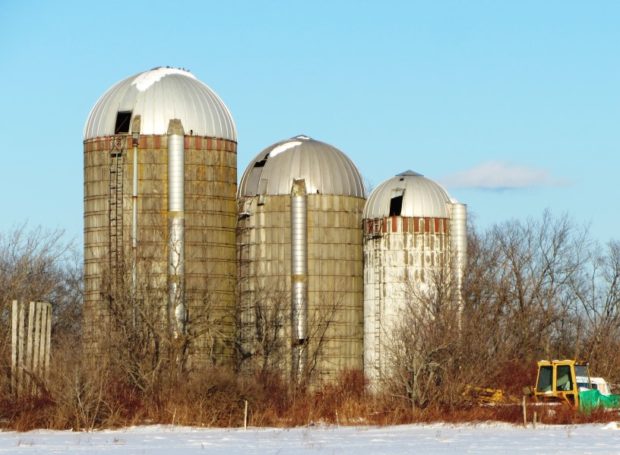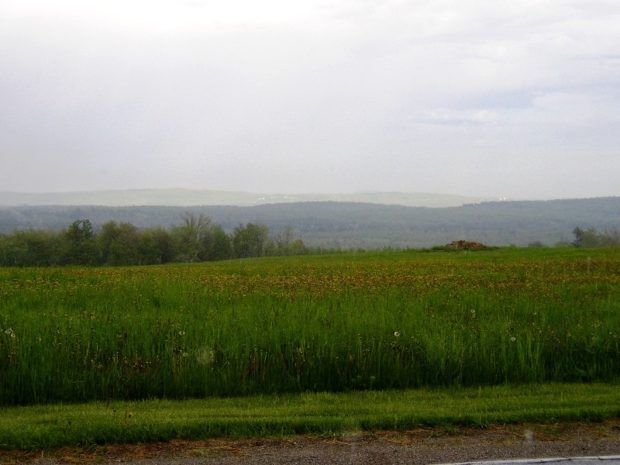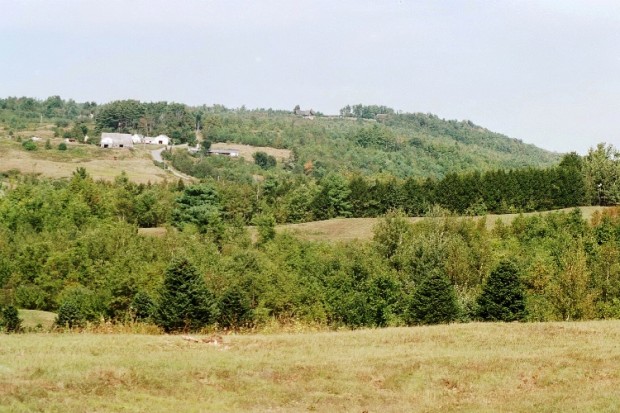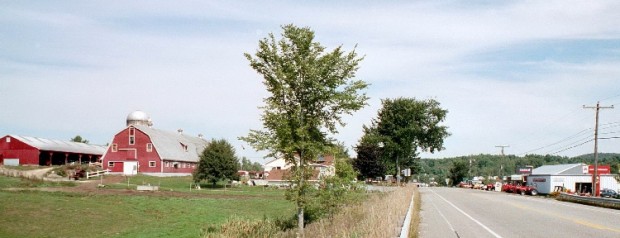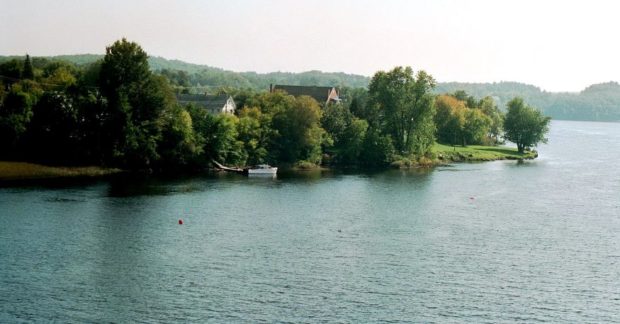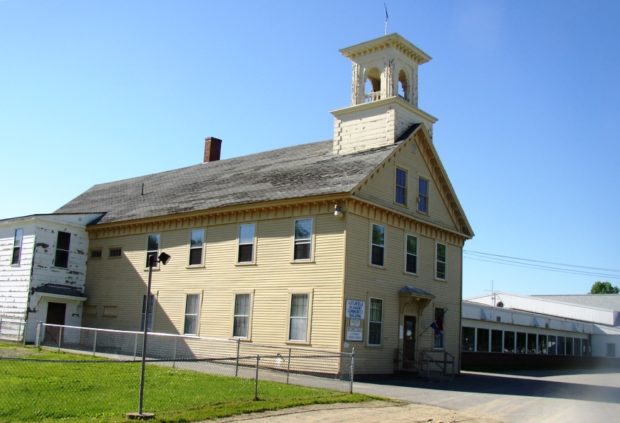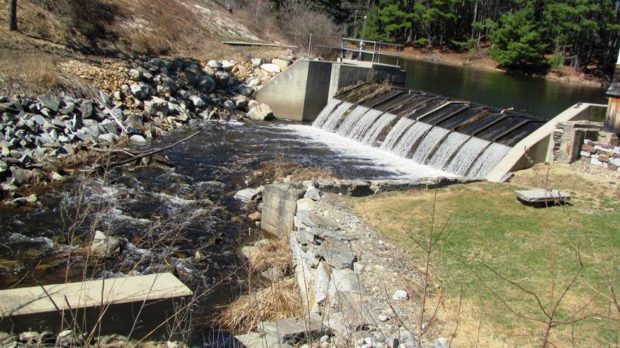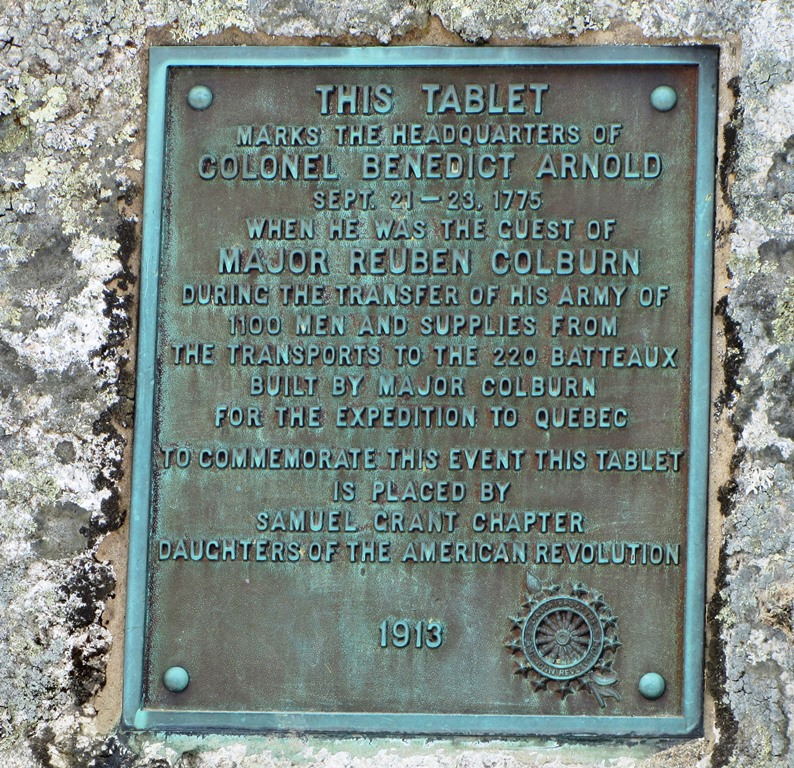Whitefield
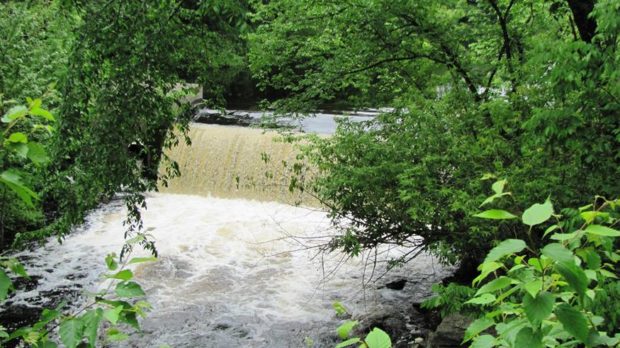
Whitefield is west of Gardiner on Route 126 and north of Wiscasset on Route 218. See photos. The Sheepscot River flows through the town and is a popular canoe trip opportunity. As do many Maine towns with scattered villages, Whitefield has several volunteer fire departments: Coopers Mills, Kings Mills, and North Whitefield. St. Denis Catholic Church, west of North Whitefield on Maine Route 218, is on the National Register of Historic Places.


